#AutoSales
The Koreans' American Battle: In May 2017, Kia Outsold Hyundai for the First Time Ever
May 2017 was not a particularly healthy sales month for either of South Korea’s two major automakers in the United States. Including Hyundai’s Genesis spinoff brand, the Hyundai-Kia Automotive Group declined 12 percent, year-over-year — a loss of more than 15,000 sales for the trio of Korean brands compared with May 2016.
Korea’s U.S. auto market share thus fell to 7.8 percent in May 2017, a drop of a full percentage point. In a market that’s seen sales fall 2 percent overall through the first five months of 2017, total Hyundai-Kia Automotive Group sales are down 7 percent following record annual volume in 2016.
Hyundai and Kia both underperformed the market in May, just as they’re both underperforming the market through the first five months of 2017. But by an altogether different standard, one member of the group will be pleased with May’s U.S. sales results.
In May 2017, for the first time in the brands’ U.S. sales history, Kia sold more new vehicles than Hyundai. Kia outsold Hyundai. Yes, it was the first time. But it surely won’t be the last.
U.S. Auto Sales Brand-By-Brand Results: May 2017 YTD
U.S. auto sales were essentially flat in the fifth month of 2017 as May new vehicle volume was let down by significant passenger car declines but bolstered by significant pickup truck volume.
Despite a drop in incentives, U.S. sales of full-size pickups jumped 10 percent in May 2017. General Motors’ pickup sales continued to decline, but big gains at Ford, Ram, Toyota, Nissan, and Honda masked losses across much of the industry.
The Mitsubishi Lancer Lives! (Sort Of)
As Mitsubishi prepares to launch a new small crossover, the Mitsubishi Eclipse Cross, Mitsubishi’s car lineup continues to shrink.
The Galant died in 2012. The Mitsubishi Lancer, it was revealed earlier this year, will cease existence in the U.S. market later this year. But the Lancer’s American goodbye, via a blacked-out Limited Edition, won’t represent its final North American goodbye.
Mitsubishi Canada still wants the Lancer, the brand’s best-selling model as recently as last year, at least until 2018. And Mitsubishi Canada won’t bid farewell to the Lancer until the car can be given “ a uniquely Canadian sendoff.”
We assume this means Tim Hortons’ double-doubles inserted in the cupholders straight from the factory along with a hockey bag in the trunk and a curling broom roof rack.
Midsize Sedan Deathwatch #11: Blame Midsize Cars For America's Passenger Car Decline
Why did America’s passenger car market tumble 11 percent in April 2017?
Midsize cars deserve much of the blame.
Why is America’s passenger car market down 12 percent through the first four months of 2017?
Midsize cars deserve most of the blame.
U.S. Auto Sales Brand-By-Brand Results: April 2017 YTD
U.S. auto sales declined nearly 5 percent in April 2017, the fourth consecutive month where U.S. auto sales failed to live up to 2016’s prodigious pace.
Auto sales are now down by more than 2 percent through the first one-third of 2017, a year-over-year decline of roughly 130,000 sales caused in no small part by a bevy of Fiat Chrysler Automobiles’ brands. Chrysler’s 27-percent year-over-year downturn is the worst decline of any brand. Fiat and Jeep — yes, Jeep — have each posted double-digit percentage losses. Dodge is down, too.
But it’s not just FCA. Through the end of April, 18 different auto brands have lost ground, from Lexus and Acura through to Cadillac and BMW, with Buick, Chevrolet, Hyundai, Kia, and Toyota in their midst.
Midsize Sedan Deathwatch #10: In April 2017, Cannibal Camry Feeds as Others Cede
Reaching the end of the line before an all-new 2018 model launches, the outgoing Toyota Camry is — quite predictably — losing sales. After all, the auto industry’s total sales volume is shrinking. Passenger cars, in particular, are paying a price. And the midsize segment is stumbling all the more so. With all these factors contributing, of course the Camry is shedding volume.
Aged, outdated, and antiquated, the Toyota Camry seemingly has the most to lose. Yet despite a 4-percent year-over-year U.S. sales loss in March 2017 and a 13-percent decline through the first-quarter of 2017, the Toyota Camry is gaining heaps of market share in America’s midsize sedan segment, not losing it.
That’s because the cars that are most to blame for the midsize sedan segment’s rapid decline don’t sit at the top of the leaderboard, but rather hail from the JV squad.
U.S. Auto Sales Brand-By-Brand Results: March 2017 YTD
March 2017’s U.S. auto sales volume dropped nearly 2 percent compared with March 2016, failing to live up to forecasts that expected March to be the best end to the first-quarter in nearly two decades.
Despite record volume at Nissan and Infiniti, continued growth at Subaru, meaningful gains at Buick, GMC, Dodge, Mitsubishi, and Ram, a third consecutive month of improvement at Mazda, and minor improvements at numerous other brands, auto sales fell below March 2016 levels because of declines at Ford, Toyota, and Fiat Chrysler. Hyundai and Kia combined for an 11-percent slide.
A third consecutive month of year-over-year decline for the industry suggests doom and gloom, as does the fact that inventories are ballooning and incentives are rising. Auto sales remain high, however, and only in comparison with 2016 — a banner year for the industry — do sales appear poor. Through the first-quarter of 2017, U.S. auto sales are down by less than 2 percent.
Jaguar Doesn't Want To Get Too Popular
Jaguar’s U.S. volume more than doubled in 2016, rising to a 12-year high thanks to the launch of an all-new entry-level sedan and the brand’s first-ever SUV.
The XE and F-Pace, which now account for nearly three-quarters of Jaguar’s U.S. volume, have taken the brand to a high-volume place (relatively speaking) Jaguar hasn’t visited since the X-Type roamed dealer forecourts.
One year ago, those models didn’t exist, and Jaguar was selling fewer than 50 cars per day in America.
Now Jaguar’s on fire. Year-over-year growth is explosive, with Jaguar’s U.S. volume more than doubling in each of the last ten months and more than tripling in each of 2016’s final three months.
That level of growth can’t be sustained. Jaguar Land Rover North America’s CEO Joachim Eberhardt told Wards Auto, “We have to continue to grow, but we are not looking to grow at the pace we have been.”
All that growth “still does not make us a giant luxury brand,” Eberhardt says. “It makes us a bigger luxury brand that now has scale but is still special and exclusive.”
There’s the key word. Exclusive. “I think that is part of our appeal and something to focus on maintaining,” claims Eberhardt.
What a revolutionary approach for a premium auto brand.
SUV Popularity Isn't Exclusive to North America; Crossovers Are Now 25 Percent of Europe's Market
Europe always seemed like a safe haven for the sort of car lover who turns up their nose over North America’s obsession with the sport utility vehicle. That’s now changing, as European demand for SUVs and crossovers continued to grow in 2016. While it may have a penchance for slightly smaller models, the EU saw disproportionately high sales of compact crossovers last year.
In total, SUV sales accounted for 25 percent of all European passenger vehicle sales in 2016 — up from 21 percent the previous year. That doesn’t quite equal the United States’ fervent addiction but, if the European Union keeps this pace, it’ll be less than a decade before it closes the gap.
Porsche Rakes in $17,250 on Every Car It Sells
While still exclusive, Porsche is gradually becoming a more populous and profitable brand. It delivered 238,000 vehicles last year and posted an operating profit of $4.1 billion — a 14-percent increase over 2015’s accounting.
A little back-of-the-envelope math places the per-car profit at roughly $17,250. As a premium automaker, you’d expect it to rake it in on every vehicle sold. However, Porsche doesn’t limit production to the same extent that Ferrari does in order to maintain artificially high prices. And it absolutely decimates other premium brands that offer exclusivity at a higher volume. BMW and Mercedes-Benz both hover at around $5,000 in profit per car.
Porsche seems to have struck an ideal balance. While its per-car profit was actually higher a few years ago — $23,000 in 2013 — it wasn’t making quite as much money overall. At the time, Bentley pulled in roughly 21 grand per unit and sold fewer vehicles overall. Since then, Porsche has shifted some of its focus downmarket, introduced the Macan, expanded its volume, increased income, and still managed to maintain a sweet profit margin on every vehicle sold.
How did it manage that? Basically, the same way Ford wrangles its F-150.
Can A Truly Expensive Upstart Sports Car Sell Well In 2017? Lexus Has Very High Hopes For The New LC
Lexus has lofty goals for the new LC performance coupe, a two-car range encompassing V8 and V6 hybrid cars. The Lexus LC, Toyota’s premium division hopes, will attract 400 buyers in America per month.
That’s a big number.
Granted, Toyota sells more than 1,000 Camrys in the United States every day. In fact, Lexus sells 300 copies of the RX, America’s all-conquering premium utility vehicle, every day.
But the 2018 Lexus LC is not America’s best-selling midsize car 15 years running, nor is the LC the dominant luxury crossover in a market gone gaga for luxury crossovers. The Lexus LC, on the other hand, is a $92,995–106,295 Japanese coupe. 400 monthly sales for a two-door priced in that stratosphere is truly a big number.
And Lexus believes it will outsell the Jaguar F-Type, Porsche Cayman, Mercedes-Benz SLC, and Audi TT. Lexus believes the LC will sell roughly three times more often than the Nissan GT-R ever has. Lexus intends to attract more buyers with the LC than Mercedes-Benz can with The Establishment, the SL-Class; more buyers than BMW attracts with the vast BMW 6 Series range.
Why? Lexus certainly has its reasons.
Subaru Is Way Too Reliant On U.S. Market, Needs A New Market, Chooses Sweet Land Of Liberty
“Washington is not a place to live in. The rents are high, the food is bad, the dust is disgusting and the morals are deplorable. Go South, young man, go South and grow up with the country.” —Not Horace Greeley
Subaru generates 60 percent of its global sales in the United States. For a Japanese brand that still relies on imports for half of its volume in its largest market, Subaru knows that 60-percent reliance on America is way too high.
Subaru needs strength in other markets. Subaru needs to diversify its portfolio. Subaru needs another America.
Unfortunately for Subaru, history suggests the brand won’t quickly find strength in other markets. History suggests Subaru’s attempts to diversify its portfolio won’t succeed.
Fortunately for Subaru, however, there is more America.
“It’s true we want to increase sales in other countries, but in terms of the place with the best chance to increase sales, it has to be America’s Sun Belt,” Yasuyuki Yoshinaga, CEO at Subaru’s Fuji Heavy Industries parent company, told Bloomberg.
In other words, Subaru wants to add some New Orleans to its order of New Hampshire; Burlington with a side of Birmingham; Kennebunkport supplemented with a dose of Port St. Lucie.
Midsize Sedan Deathwatch #9: Detroit's Participants Tumble At Double Speed In February 2017
Aside from the Volkswagen Passat’s 40-percent year-over-year uptick, every automaker competing in America’s midsize sedan segment suffered from declining volume in February 2017.
The midsize car category tumbled 19 percent, a loss of more than 34,000 sales.
February 2017 marked the twelfth consecutive month of year-over-year declines for midsize car sales in America.
This is the ninth edition of TTAC’s Midsize Sedan Deathwatch. The midsize sedan as we know it — “midsizedus sedanicus” in the original latin — isn’t going anywhere any time soon, but the ongoing sales contraction will result in a reduction of mainstream intermediate sedans in the U.S. market.
How do we know? It already has.
The Passat’s exceptional year-over-year uptick by no means represents healthy volume for the big Volkswagen. But the bigger story from February’s results was the horrific nosedive performed by Detroit nameplates: one discontinued nameplate, one of the older members of the midsize fleet, the newest member of the midsize fleet, and one semi-premium niche player.
U.S. Auto Sales Brand-By-Brand Results: February 2017 YTD
Auto sales declined by a modest 1 percent in the United States in February 2017, dragged down by plunging sales at numerous Fiat Chrysler Automobiles brands and sharp declines at Toyota Motor Corp. and Hyundai-Kia. Ford Motor Company sales slid 4 percent because of a 26-percent decline in car sales at the Ford division.
Across much of the industry, there were signs of rude health, particularly if the car sector is ignored. Of the 20 most popular cars in America — a group topped by the Toyota Camry — 16 nameplates generated fewer sales this February than last. Yet America’s five leading utility vehicles (Rogue, CR-V, RAV4, Escape, Equinox) combined for more than 25,000 additional February sales in 2017. And while minivan sales plunged by a fifth, U.S. pickup truck sales were up 10 percent because of full-size truck strength.
These stark contradictions produced a market that produced slightly degraded numbers in one of the two traditionally weakest months on the calendar. Now one-sixth of the way into 2017, the poor selling season should be behind us.
Midsize Sedan Deathwatch #8: It Got Downright Ugly In January 2017
The Suzuki Kizashi‘s brief tenure came to an end in 2013. 2014 was the last year Mitsubishi produced Galant sales in the United States. 2015 marked the Dodge Avenger’s terminus. The Chrysler 200’s death was announced in 2016.
Will 2017 be a period of further contraction in America’s midsize sedan market?
This is the eighth edition of TTAC’s Midsize Sedan Deathwatch. The midsize sedan as we know it — “midsizedus sedanicus” in the original latin — isn’t going anywhere any time soon, but the ongoing sales contraction will result in a reduction of mainstream intermediate sedans in the U.S. market.
How do we know? It already has.
If January 2017’s results are anything to go by, it’s going to be a very ugly year for midsize cars in the United States; sales tumbled by more than a fifth in January 2017, a year-over-year decline worth 30,000 lost sales.



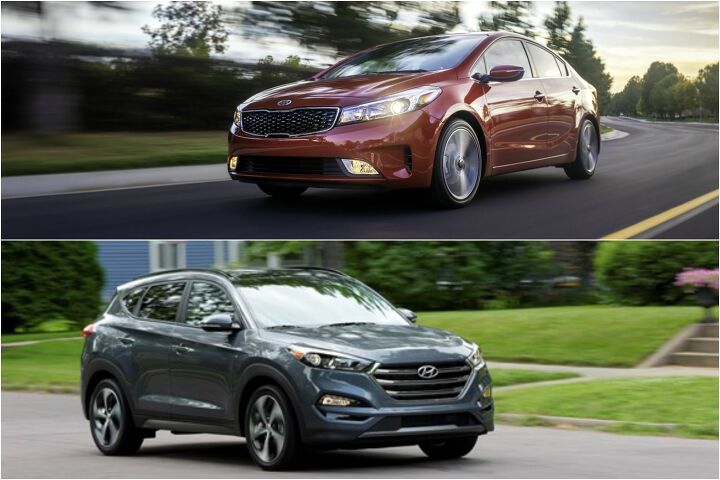

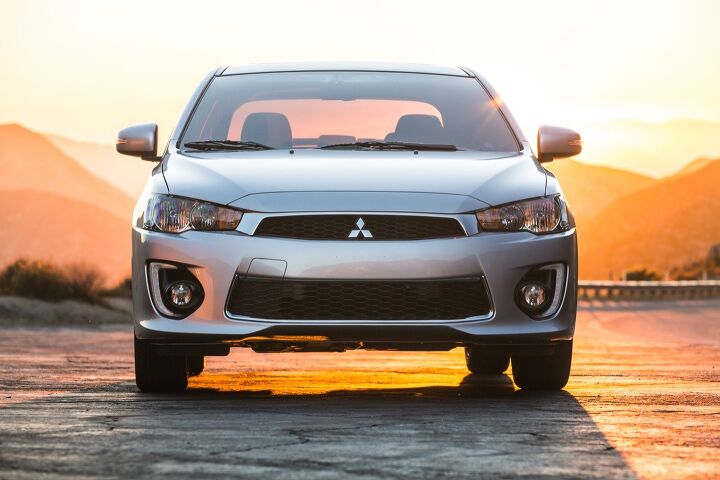



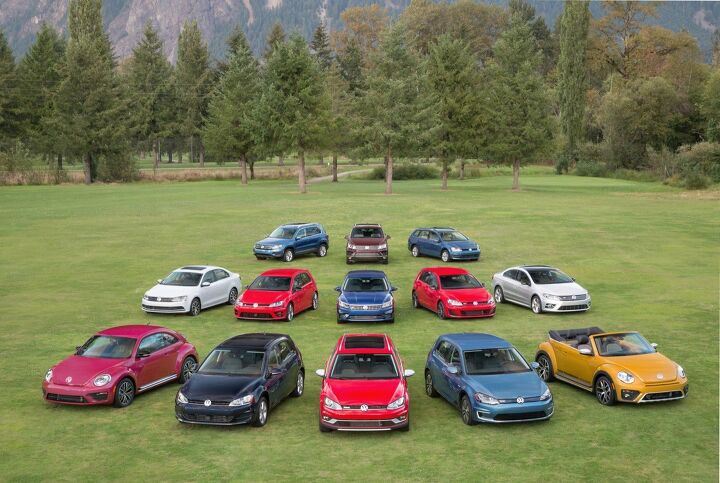

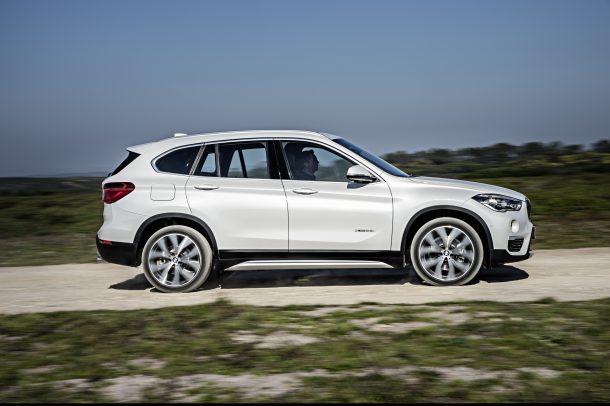



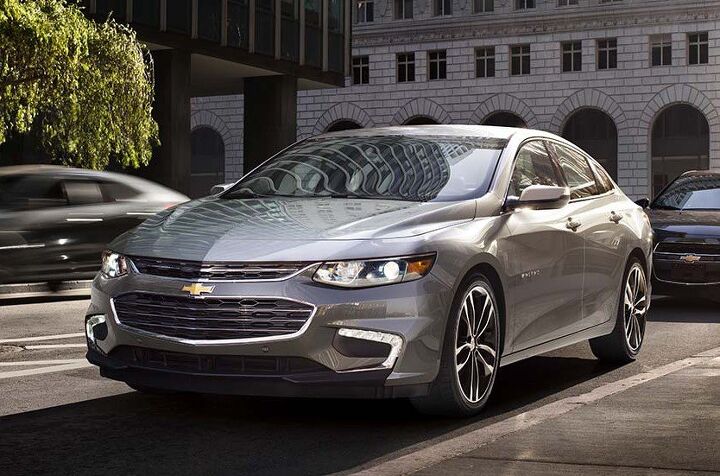

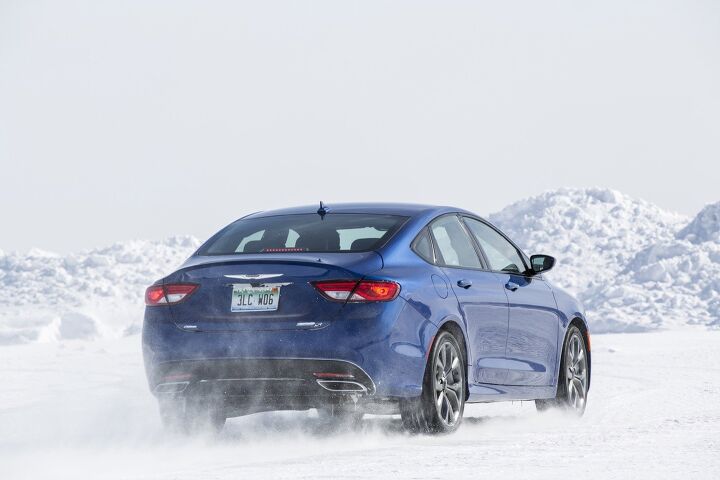












Recent Comments